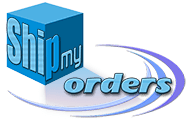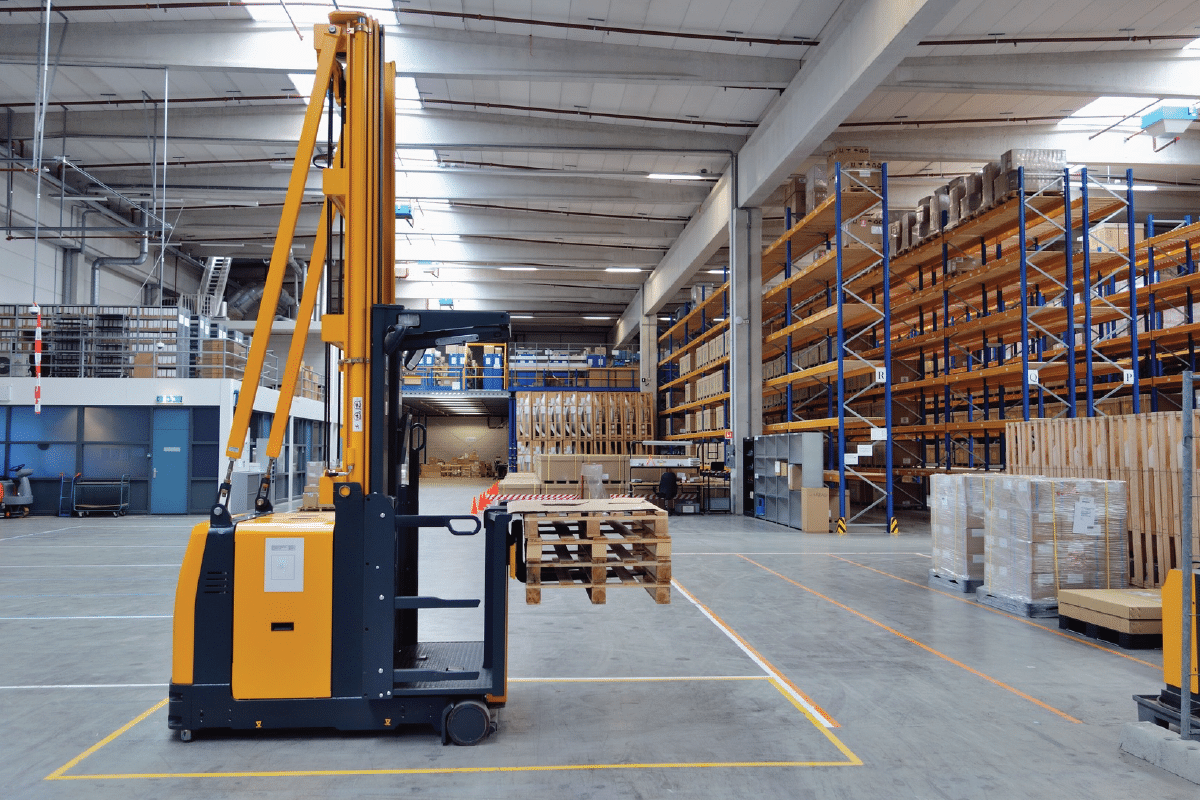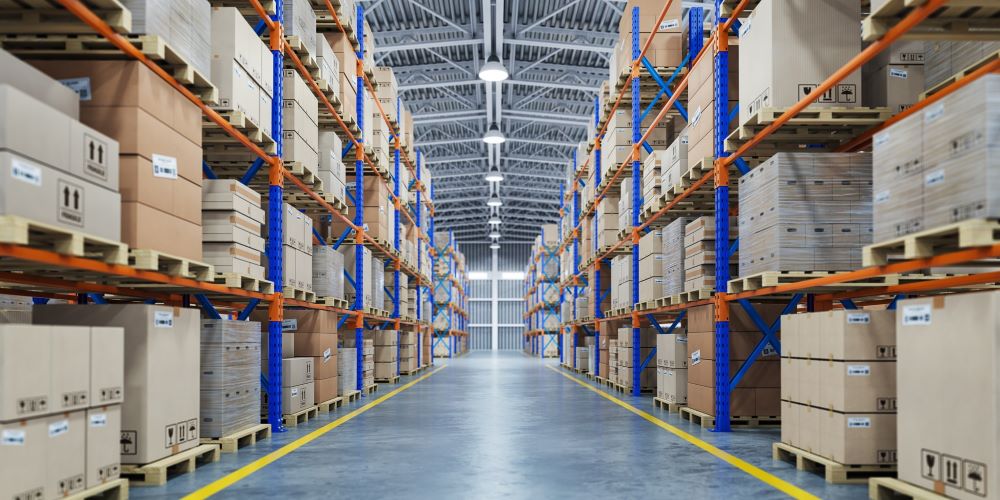Changing 3pl Partners: Key Steps for a Seamless Transition
%20as%20a%20Winning%20Partnership%20(2).png?width=726&height=484&name=Leveraging%20Third-Party%20Logistics%20(3PL)%20as%20a%20Winning%20Partnership%20(2).png)
Today's rapidly changing business environment relies on third-party logistics (3PL) partners to manage and optimize supply chains. However, there comes a time when businesses may need to switch 3PL providers to ensure better performance, cost-efficiency, and customer satisfaction. If handled correctly, this process can lead to a seamless transition and significantly enhance your supply chain operations.
There may be many and not just one reason to change your 3PL partner, however, one can list down the pain points and see where the alternative is ranking on the list. Business owners need to recognize their challenges with their existing partners and see how and when they need to change.
Why Change 3PL Partners?
There are several reasons why a company might consider changing 3PL providers:
- Performance Issues: Inconsistent delivery times, inventory inaccuracies, and poor customer service can be major drivers for seeking a new 3PL partner.
- Cost Efficiency: If your current provider's pricing model is no longer competitive, it might be time to look for more cost-effective solutions.
- Technology Advancements: Newer 3PLs might offer advanced technology solutions to improve visibility, tracking, and overall supply chain management.
- Scalability: As your business grows, you need a 3PL that can scale with you, offering the flexibility to handle increased volume and complexity.
Related: 9 Questions to Ask When Choosing a 3PL
Key Steps for a Seamless Transition
Switching 3PL providers involves several critical steps to ensure the transition is smooth and doesn't disrupt your supply chain operations:
1. Thorough Evaluation and Selection
Evaluate potential 3PL partners based on their track record, technology, scalability, and cost. It’s essential to conduct a detailed analysis and possibly even pilot programs to assess their capabilities. Look for partners who align with your business goals and can offer tailored solutions.
2. Clear Communication Plan
Develop a comprehensive communication plan to keep all stakeholders informed throughout the transition. This includes internal teams, the outgoing 3PL provider, the new 3PL partner, and your customers. Clear communication helps manage expectations and reduces the risk of misunderstandings.
3. Detailed Transition Plan
Create a detailed transition plan that outlines all the steps involved in switching 3PL providers. This should include timelines, key milestones, and responsibilities. A well-structured plan helps ensure that nothing falls through the cracks during the transition.
4. Data Migration and Integration
Ensure that all relevant data is accurately migrated from the old 3PL to the new one. This involves data cleansing, mapping, and testing to ensure compatibility. Additionally, integrate your systems with the new 3PL's technology to maintain real-time visibility and tracking.
5. Training and Support
Provide training for your staff on any new systems or processes introduced by the new 3PL provider. Adequate training ensures that your team can effectively manage the supply chain with the new partner. Also, ensure that the new 3PL offers robust support during the initial phase of the partnership.
6. Monitor and Evaluate
After the transition, continuously monitor the performance of the new 3PL provider. Use key performance indicators (KPIs) to measure their effectiveness and address any issues promptly. Regular evaluations will help you ensure that the new partnership is meeting your expectations and contributing to your supply chain's success.
Benefits of a Seamless Transition
A successful switch to a new 3PL partner can offer numerous benefits, including:
- Improved Efficiency: Enhanced processes and technologies can streamline operations, reducing lead times and improving order accuracy.
- Cost Savings: More competitive pricing and optimized logistics can lead to significant cost reductions.
- Better Customer Satisfaction: Faster, more reliable deliveries and improved customer service can boost customer satisfaction and loyalty.
- Scalability: A capable 3PL partner can scale with your business, handling increased volumes and complexities without compromising on service quality.
Checklist: What Makes a Good 3PL Partner?
- Meets delivery schedules and performance standards.
- Uses modern tech for tracking, inventory management, and data analytics.
- Can adjust operations to handle changes in volume and market conditions.
- Offers competitive pricing and transparent billing.
- Has a proven track record in your industry.
- Maintains clear and open communication channels.
- Provides tailored services to meet your specific needs.
- Delivers excellent support and resolves issues quickly.
- Follows regulatory requirements and ensures the security of goods and data.
- Anticipates and addresses potential issues before they become problems.
Looking for a potential 3PL partner? We are here to help!
As modern fulfillment providers continue to innovate, it's essential to keep a watchful eye on key performance indicators. If you notice that your current 3PL isn't aligning with your goals for cost reduction, it might be time to explore new partnerships. Delivery accuracy and service excellence are also pivotal factors. If your 3PL is struggling to meet these standards, it could be impacting customer satisfaction and your bottom line.
Ship My Orders can help you build a stronger, more resilient supply chain that can adapt to the evolving needs of your business and market dynamics. With the right partner and a well-executed transition plan, you can achieve this and more.
Transform Your Logistics Today! Partner with Ship My Orders for a Seamless 3PL Experience. Contact us today.

-1.png)
.png)

